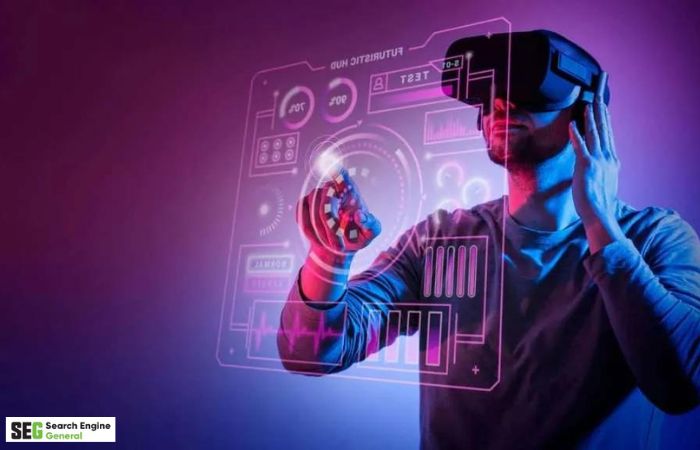“VR” is an abbreviation to mean “virtual reality.” Virtual reality (VR) has been an idea for over forty years. Since its inception, technology advancements have taken place at a rapid pace. While it is widely recognized, however, many users are still curious about the nature of VR and the VR meaning, such as “What is VR?” as well as “What does VR stand for?” In addition, VR can have different definitions. For a comprehensive answer to such questions, let’s first look at the specific meaning of the term VR.
What does vr stand for
“VR” has captured the interest of aviation experts, tech enthusiasts, battery enthusiasts and many more people with varied areas of interest, such as batteries. Although most understand what “VR” stands for in Virtual Reality applications, VR meaning varies according to each situation or use case involving this acronym. Considering all its implications, uses and vr means. is more complicated.
VR can mean many different things; we compiled them into an exhaustive outline.
Virtual Reality: Enter The Digital Wonderland
Virtual Reality (“VR”) has quickly become one of the most sought-after forms of media entertainment, revolutionizing how we experience and consume digital media. VR headsets enable users to explore 3D environments created using computer simulations of life as they existed before VR technology’s debut; gamers may visit distant galaxies or study ancient civilizations while embarking on exciting gaming adventures.
Visual Range, Clear Skies, and Aviation.
Aviation and meteorology professionals often use “VR” as shorthand for “Visual Range.” Visual Range refers to the distance between an object or landmark and the naked eye if certain meteorological conditions exist; visually Range can also refer to the distance from things nearer the naked eye when certain meteorological conditions exist – both are essential components in helping pilots evaluate visibility, formulate reliable flight strategies and understand weather-related concerns within the context of flights taking off and landing smoothly.
Valve Regulated Batteries
“VR” batteries have long been associated with batteries as VR stand for “Valve Regulated.” As hermetic lead-acid batteries, these types are intended to minimize security and maintenance concerns by controlling gas production through charging to ensure optimal conditions are kept through an internal valve mechanism that regulates how it is released into the atmosphere.
These applications include uninterruptible power supply equipment (UPS), telecom networks and any others requiring careful management such as uninterruptible power supplies (UPS), telecommuting networks or various applications requiring special care, such as UPS equipment/Telecommunication networks/applications etc.
VR stands for Variable Ratio
Financial experts may recognize VR abbreviation for “Variable Ratio.” In options trading, “VR” refers to the relationship between contracts of one type and contract types for another kind – this allows traders to adjust their positions to reduce risks while taking full advantage of market opportunities.
Voice Recognition Technology
VR meaning refers to Voice Recognition technology in our ever-evolving technological landscape. This type of recognition enables devices and software programs to understand spoken languages, digital assistants that recognize spoken dialogue, and customer chatbots for service provisioning purposes, as virtual real solutions (VR) all contribute towards ease-of-use and understanding computer-human interactions.
Conclusion
“VR” is an apt illustration of how seemingly straightforward acronyms may have multiple interpretations and applications across industries. Virtual reality technology is essential in modern society, from safety considerations such as battery valve control systems and immersive VR to practical battery monitoring capabilities and immersive 3D experiences. All were contributing to our modern society. This article might help you to understand what does VR stand for, and your doubts related to VR should clear now.
Read More Info:https://searchenginegeneral.com/


